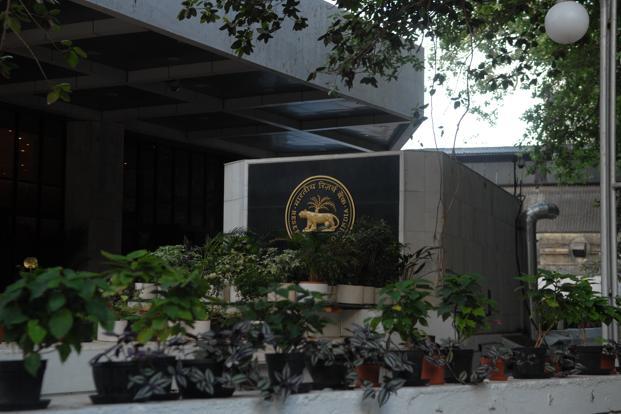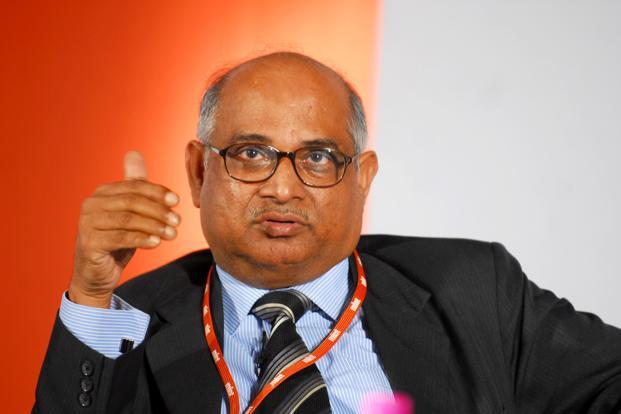When will we see the next policy rate cut by the Reserve Bank of India (RBI)? The nation’s commercial banks have the answer.
As expected, the first bi-monthly policy statement of the central bank, released on Tuesday, maintained status quo in terms of rates, banks’ cash reserve ratio (CRR) as well as mandatory government bondholding, but after two wasted rate cuts, RBI could force the banks to bring down their loan rates by lobbing the ball in their court. Unless they lower their loan rates, the central bank will not cut its policy rate. Period.
In the recent past, RBI cut its benchmark policy rate twice—in January and March—by 25 basis points (bps) each to 7.5% but banks have not lowered their loan rates till Tuesday evening. “Transmission of policy rates to lending rates has not taken place so far despite weak credit offtake and the front loading of two rates cuts,” an exasperated RBI said in its policy statement. One basis point is one-hundredth of a percentage point.
Taking the cue, State Bank of India (SBI) and ICICI Bank Ltd, the nation’s two largest lenders, cut their base rate, or minimum lending rate, hours after the announcement of the policy. The quantum of loan rate cuts, however, has not matched the policy rate cut in two stages but at least a beginning is made. SBI cut its base rate, which remained unchanged since November 2013, by 15 basis points to 9.85%. ICICI Bank has cut it by a wider margin, by 25 basis points to 9.75%. HDFC Bank, too, I believe, cut its base rate by 15 basis points.
As a regulator, RBI cannot direct banks to cut rates, and hence expressed its helplessness. By doing so, it possibly sought intervention of the government, the majority owner of public sector banks, to put pressure on banks. For the government, it’s definitely not a happy situation to be in, but it had done so in the past. To be fair, I have no idea about whether the finance ministry played a role in the loan rate cuts by banks. On his part, RBI governor Raghuram Rajan has made no bones about the fact that banks must cut their loan rates.
To ensure monetary transmission, RBI wants the banks to compute their base rate on the basis of marginal cost or incremental cost of funds. Till now, most banks have computed their base rate on the basis of average cost of funds besides the cost of maintaining government bondholdings and keeping a portion of deposits with RBI in the form of CRR on which they do not earn any interest, overhead costs and expected return on net worth. The base rate is reviewed at least once in a quarter.
What we have been seeing is a rigmarole—RBI wants monetary transmission to happen and banks cut their loan rate as a precondition to the next rate cut, but given a choice, banks are not so willing to bite the bullet unless there is ample liquidity in the system, a theory which the central bank is not willing to buy as it feels that there is “comfortable liquidity” in the system.
Leaving out the latest instances, only four of 47 lenders have lowered their base rate after RBI cut its policy rate by 50 bps. Following the cut in policy rate, cost of money has come down in different segments of the market such as government and corporate bond yields and the overnight call money rates. However, these rates have no direct bearing on a bank’s loan rate; banks can pare their loan rates only after they bring down the rates of deposits—the primary source of money for giving loans.
However, the point to note that while a cut in the loan rate affects a bank’s entire loan portfolio and its interest income goes down, a cut in deposit rates is applicable to only the new deposits. In other words, the cost of money does not come down overnight even after paring deposit rates.
Banks’ resistance to cut their deposit rates is not easy to understand as loan growth has been tardy. In the past one year till 20 March, the banking system’s credit growth has been only 9.5% while deposit growth has been 11.4% over a larger base. Why do they need deposits when there has hardly been any borrower in sight?
Indeed, competing savings instruments at India Post offer higher rates but those instruments can only attract retail depositors and not corporations that keep bulk deposits with banks. One also cannot understand why banks in India continue to pay 4% on savings bank accounts (some banks even pay 6% and 7%) even when the consumer price inflation dropped to below 5.5%. They were offering the same rate when inflation was 9% and above.
The main reason behind banks’ reluctance to pare loan rates is the pile of bad assets. The banks do not earn interest on such assets and on top of that they need to set aside money or provide for them. This affects their profitability. The gross non-performing assets (NPAs) of Indian banks had risen to 4.5% of total advances in September from 4.1% in March, and net NPAs had increased to 2.5% in the first six months of the fiscal year from 2.2%. The situation worsened in the December quarter and, along with restructured assets, stressed loans of the banking system could be around 12% by March. The money set aside by banks to take care of bad loans in both September and December quarters is far higher than their collective net profits. This is also the main reason behind banks’ reluctance to give loans to corporations.
Apart from monetary transmission, RBI has identified three other factors that will have a bearing on its monetary policy actions in future. They are food inflation, structural reforms by the government to ease supply-side bottlenecks, and the US monetary policy. It has stuck to its January 2016 inflation target of 6% (5.8% by the fiscal year end in March 2016) and 4% by fiscal year end 2018. If unseasonal rains do not lead to a rise in food prices and the monsoon is normal, the next rate cut—and possibly the last round for the time being—could be on the table in June, now that the banks have started to pare their loan rates.
In the rate-cut conundrum, the buck stops at the banks.



